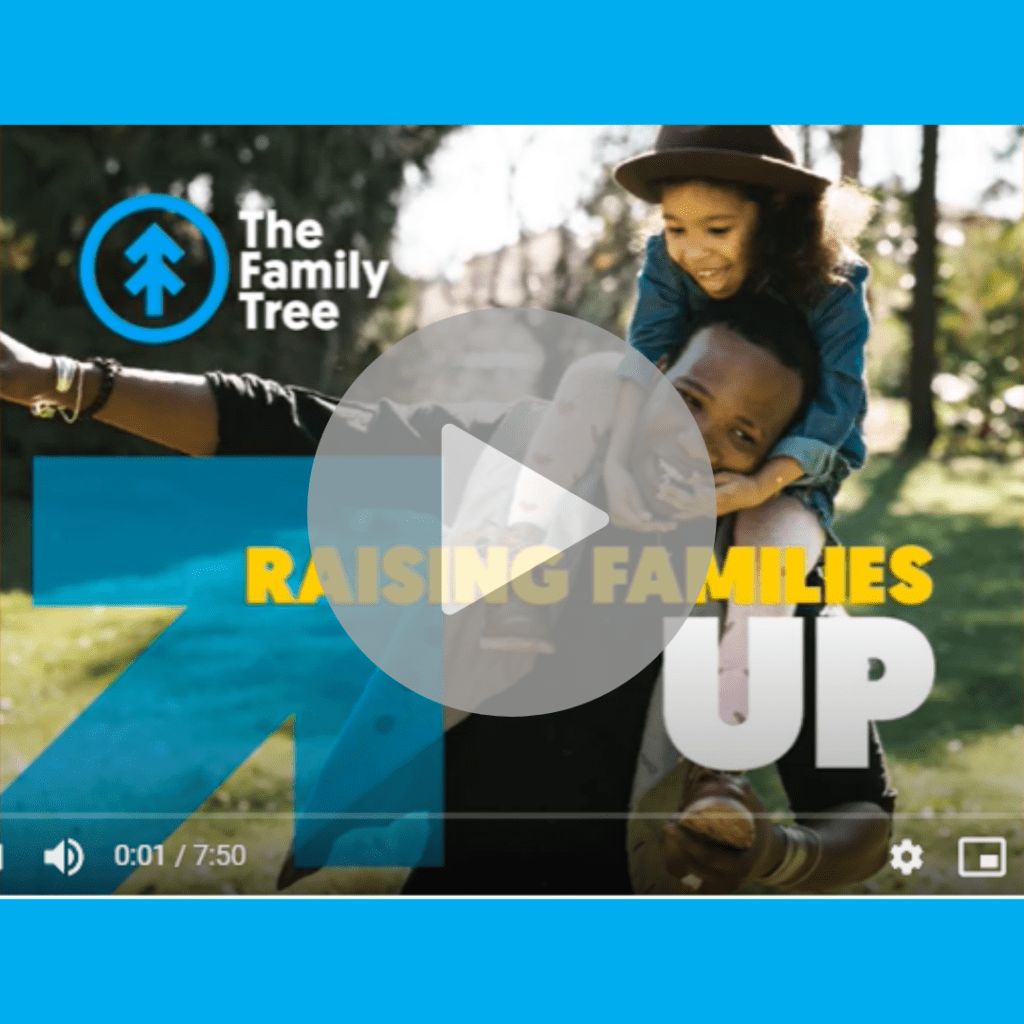Today, this blog will discuss how to talk about race with your children. Parents, there is no easy way to discuss the topic of race and it can be sensitive and sometimes even a bit messy.
Choosing whether to talk to your child about race is an option many parents, specifically those of color, don’t have. However, embracing these conversations with your child is the first step to raising an anti-racist child. As your child grows, they will inevitably learn about the different races and ethnicities that exist in the world through observation, personal experience or discussions with peers and other adults. Most importantly, be a role model: correct your own racial biases; and model how you want your children to respond to others who may be different from them. Your everyday words and actions will say more than anything else.
In today’s world, it’s more important than ever that children understand and learn to accept and appreciate diversity. Unfortunately, there is no one way to dive into this topic. Discussion about race will depend on a variety of factors, such as a family’s make up, their socioeconomic class, or the community they live in. The discussion will depend on who is talking and what their personal experiences are with race and racism. Parents will have to decide what makes the most sense for them and their family. No matter what strategy, it is a conversation all parents need to have early in your child’s life and frequently, no matter your background or experience.
Acknowledge Differences
As early as six months old, babies can notice racial differences; around 4 years of age children can internalize racial biases. Children can start noticing that some people look physically different from the way they do, and they may begin asking questions such as, “Why is her skin darker than mine?” or “Why don’t I have straight hair like that?” Rather than panicking, parents might say “Isn’t it wonderful that we are also different?” You can even hold your arm against theirs to show skin differences in the same family. Children are naturally curious, and they’re simply trying to learn. The message you want to send is that, though people may look different on the outside, they’re all the same inside. Be sure to use analogies a child can easily understand.
And remember, if a young child stops talking about differences, it does not mean he/she stopped noticing. It is important to maintain these conversations because children’s own conclusion may be misguided and biased because of the world we live in.
Be a Positive Role Model
Racism may appear to be less acceptable today than it was a generation ago, but it still exists. Children are quick to pick up on their parents’ biases—even if they’re conveyed in subtle, unspoken ways. The truth is that many of us know that it’s wrong to use derogatory terms to describe any ethnic group, but unfortunately, many people slip up from time to time, muttering a racial slur at a bad driver or generalizing about an ethnic minority. Studies have shown that even people who don’t articulate their prejudices are still likely to harbor hidden biases. So before having that talk with your child, explore your own behavior to see what subtle messages you might be sending to your child.
Do you laugh rather than protest when someone tells a culturally insensitive joke? Do you lock your door when you drive through certain neighborhoods? Do you mimic ethnic accents to try to be funny? You may not intend to demean anyone, but a child can certainly get the wrong impression when they see their parents responding negatively to racial difference.
But just as parents can pass on their prejudices to children, they can also play an invaluable role in teaching them to be respectful of everyone.
Talk about Racism
Children often learn to stereotype based on what they see on television, social media or hear from others, and those stereotypes are ingrained early. Even cartoons created for toddlers show villains who have foreign names and features beautiful princesses who are blond and Caucasian. The media often depicts negative images of various ethnic groups as lazy, aggressive, thuggish individuals that are a menace to society. When parents see a negative stereotype in the media, they should point it out to their children and let them know that it’s wrong.
Sometimes, your child may be the one to generalize and say things like, “all the Black kids in my school are good at basketball” or “only Asian kids are smart in math.” When that occurs, parents should point out that one person does not represents a group of people, and that everyone has different skills and interest. Just because some people of a certain ethnicity behave in a certain way, people should not assume that everyone in that group behaves similarly.
Try to find examples that defy the stereotype that they may had seen or heard. Let your child know that it’s never a good idea to generalize about people based on race or culture—even when they’re positive ones. It is okay to talk to your child about the differences that exist amongst humans but make sure that every aspect of conversation is positive.
Encourage Empathy
Studies have shown that children who are able to put themselves in someone else’s shoes are less likely to tease others for being different. Talk to your child about what he or she thinks it would be like if he or she were to be judged for his or her physical appearance. Ask your child how he or she would feel if people were mean to them simply because of the shape of their eyes, the color of their skin, the church they attend, or where their parents were from. You can have these discussions with your child as young as 3 and 4 if you keep the concepts basic and the language simple.
Celebrate Diversity
Today, our children are growing up in a multicultural society, and the earlier they become comfortable with people of other ethnicities, the better prepared they’ll be for the future. Some families actively seek out diverse communities because they want their children to be raised in an area where people of different races, religions, and sexual orientations peacefully coexist. Parents should make a concerted effort to expose their child to a wide, culturally diverse social network. For example, parents can take their children to ethnic restaurants, go to museum exhibits and cultural events, and read books celebrating other cultures. Take your child to movies that showcase various cultures and ethnic groups in a positive manner. Parents should teach their children about the American history that includes the contributions of all races and ethnicities. Exploring the past together helps better understand the present. Historical events like the civil rights movement in the United States and the of apartheid in South Africa can show how people have come together for equality and justice.
Foster a Strong Sense of Identity
Treating children with basic respect and dignity is the best way to help them develop positive self-esteem. According to Peter Langman, Ph.D. director of Psychology of Kids Peace, well-adjusted children tend not to be bigots. On the other hand, children who feel like they are not valued tend to look for targets—someone they deem ‘different’—to release their own anger and frustration. This is a pathway to children becoming bullies and finding ways to demote other children.
Building self-esteem is especially important for children who might be singled out for being in the minority. Parents should find ways to promote individuality with their children. Discussing how their difference makes them who they are and that who they are is great. This will allow children to see themselves as special – which ultimately will lead to a positive self-esteem and a positive self-image.
Don’t Tolerate Prejudice of Any Kind
Parents should teach their children that all people, despite their differences, deserve to be treated with respect. If parents overlook any kind of bigotry, they’re sending the child the message that it’s okay to feel superior to certain groups. Children who are taught to value everyone as human beings are more likely to be tolerant of differences and less likely to be judgmental.


